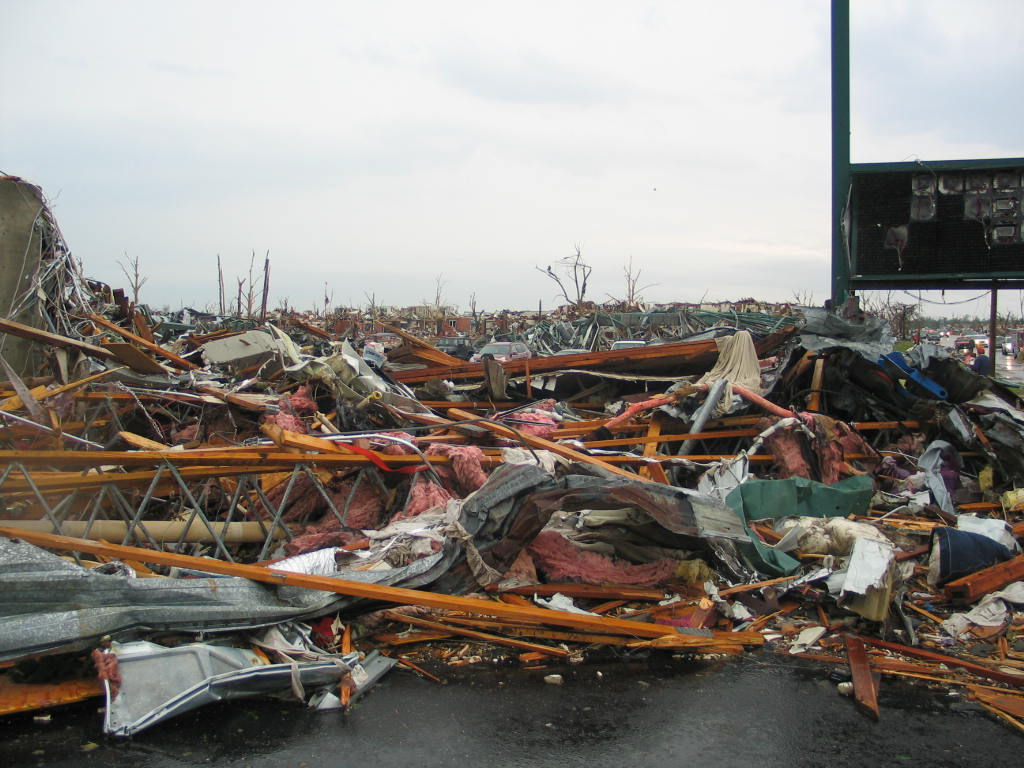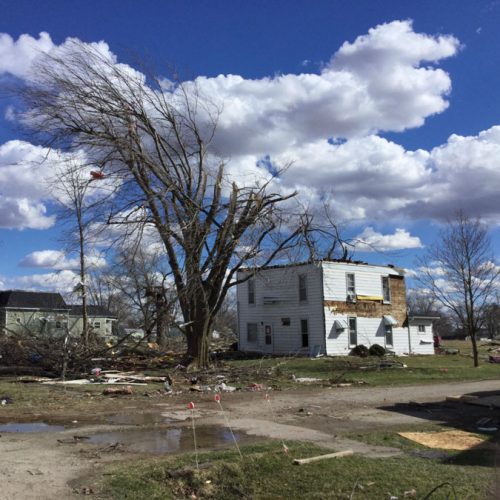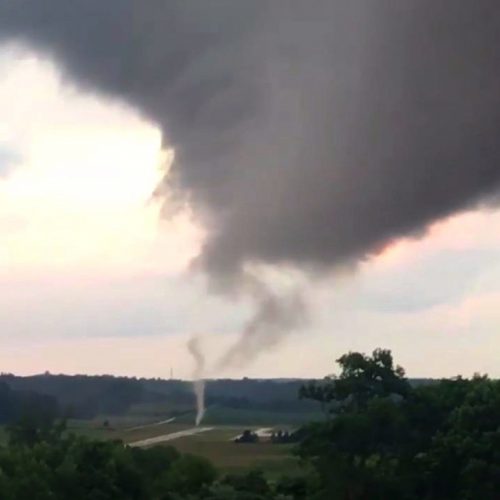OPLIN, Missouri — Tornado research has surged since a massive twister destroyed much of Joplin and killed 161 people.
Engineers, meteorologists and social scientists have published almost 800 peer-reviewed studies about tornadoes over the past five years, The Joplin Globe reports. David Roueche, a doctoral student in wind engineering at the University of Florida, said that’s a 36 percent increase from the five-year period before the Joplin storm.
“You see misconceptions that tornadoes are too powerful and hard to predict, that there’s nothing we can do,” said Roueche, who studies tornado resilience. “But we can do something about it.”
The researchers include Frank Lombardo, an assistant professor of engineering at the University of Illinois, who has spent the past five years studying satellite photos taken after the storm, trying to understand how the damage could have been reduced.
“Joplin has been a part of my life since I came down five years ago,” he said. “Most of my students are working on Joplin-related projects. Who knows where my research would have gone if Joplin hadn’t happened?”
The trend has been driven partly by an unprecedented amount of new data, a byproduct of the catastrophe.
Thousands of photographs and measurements were collected in Joplin and other towns in the aftermath of a record-setting string of tornadoes that spring. Since fewer than 1 percent of all tornadoes are rated EF5, according to the National Oceanic and Atmospheric Administration, and few of those strike populated areas, the massive damage in Joplin provided a rare opportunity to understand the effect of tornadoes on the built environment.
Some of those studies have already resulted in changes, including the adoption of several tornado-specific provisions to the 2018 version of the International Building Code. Municipalities that adopt the new version, as many do in whole, will require schools to have built-in tornado shelters and new roofs that are attached to the walls with hurricane clips that will strengthen homes and buildings in severe winds.
The Associated Press
Picture: NWS




